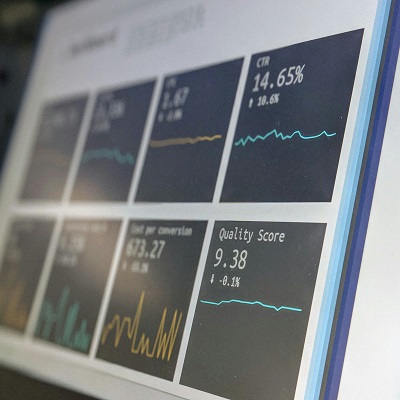
Finance and Supply Chain Analytics
In today’s complex, data-driven economy, financial agility and supply chain resilience are essential. Finance and Supply Chain Analytics leverage advanced data techniques—such as real-time dashboards, predictive modeling, and scenario simulation—to empower companies with deeper visibility, smarter forecasting, and faster decision-making.
Our analytics solutions bridge financial data and operational logistics, enabling businesses to improve cash flow, reduce costs, mitigate risk, and optimize end-to-end value chains.
Business Challenge
Finance and supply chain leaders face growing pressures:
• Volatile demand and disrupted supply networks
• Rising costs and margin compression
• Delayed or inaccurate financial forecasting
• Siloed data across ERP, procurement, inventory, and logistics systems
• Difficulty identifying inefficiencies or responding quickly to change
Without integrated analytics, businesses lack the insight needed to stay competitive in real time.
Our Solution
We provide end-to-end Finance & Supply Chain Analytics solutions that transform raw operational and financial data into actionable insights through:
• Predictive Models for demand forecasting, working capital optimization, and cost-to-serve
• What-if Simulations for pricing, sourcing, inventory levels, and production planning
• Risk Analytics for supplier reliability, financial exposure, and scenario planning
• Automation of reporting and KPI tracking

Key Benefits
✅ Inventory Optimization: Right-size stock levels to balance service and cost
✅ Cash Flow Control: Better visibility into receivables, payables, and burn rate
✅ Supplier & Logistics Performance: Measure cost, time, reliability, and quality
✅ Cost Reduction: Identify and eliminate process inefficiencies and waste
✅ Faster Decision-Making: Near real-time insight into financial and supply chain KPIs

Analytics Capabilities
• Budgeting & Forecasting
• Profitability Analysis (e.g., by customer, SKU, region)
• Variance Analysis (plan vs. actual)
• Cash Flow and Liquidity Monitoring
• Accounts Payable/Receivable Insights

Supply Chain Analytics
• Order Fulfillment Performance
• Procurement Spend Analysis
• Transportation & Logistics Optimization
• Supplier Risk & Cost Modeling

Implementation Approach
2. Data Assessment & Integration – Connect ERP, supply chain, and financial systems
3. Analytics Development – Build models, dashboards, and automated reports
4. Testing & Rollout – Validate accuracy, train users, refine based on feedback
5. Monitoring & Scaling – Maintain performance and evolve the analytics stack

| Industry | Use Case | Value |
|---|---|---|
| Retail | Inventory & margin optimiation | +12% gross margin |
| Manufacturing | Demand forecasting | -15% in excess stock |
| Distribution | Cash flow forecasting | Improved liquidity planning |
| FMCG | Supplier risk analysis | Fewer disruptions, more cost control |
